When participating in football betting, many people only focus on the famous football teams that are competing, forgetting that the history of English football has witnessed many famous clubs that “disappeared” forever. The stories behind the collapse of these teams are important lessons for bettors about the instability, risk and cyclical nature of professional football. Below, Bestsoccertips.com shares a list of 10 English football clubs that no longer exist, names that bettors should know to better understand the football market in the foggy country.
10 English football clubs that no longer exist
In the flow of world football history, many once-famous clubs have had to bitterly leave the field forever and the following list of top 10 biggest football clubs that no longer exist will make many people regret.
10. Halifax Town A.F.C. (1911–2008)
Halifax Town A.F.C. was once a significant football presence in the Yorkshire region, having spent many seasons in the Football League. However, in the early 21st century, Halifax Town fell into a severe financial crisis due to tax debts and uncontrolled spending. By 2008, after failing to reach a debt repayment agreement, the club was forced to declare dissolution and was re-established under the new name F.C. Halifax Town.
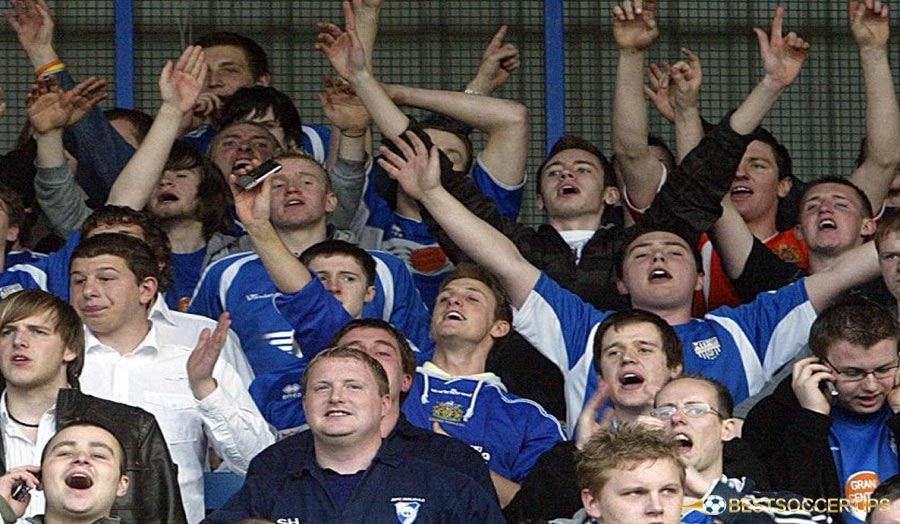
From a betting perspective, Halifax Town was a suitable choice for defensive-oriented bets, especially in home matches. However, their collapse clearly illustrates that financial issues behind the scenes can profoundly affect match results and even a club’s existence. Bettors must understand that factors such as tax debts, inflationary spending, or financial imbalance are “red alerts” that should be carefully considered before investing in a club.
9. Maidstone United F.C. (1897–1992)
Maidstone United F.C. exemplified rapid ascension without a solid foundation in English football. After entering the Football League in the late 1980s, the club pursued ambitious stadium and squad investments that far exceeded its actual financial capacity. As a result, within just a few short years, Maidstone United spiraled into debt and was forced to declare dissolution in 1992.
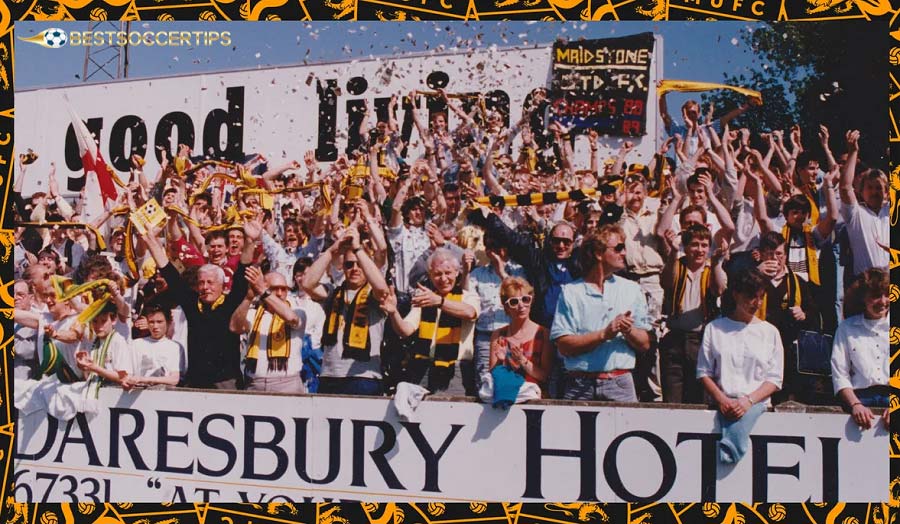
In betting terms, Maidstone United once provided opportunities for bettors who favored high over/under bets due to their open playing style. However, the club’s disintegration is a prime example that unrealistic development plans and complacency from management can destroy a football brand in an instant. For betting investors, the takeaway is to avoid taking risks with clubs that “rise quickly” but lack a strong financial foundation.
8. Hereford United F.C. (1924–2014)
Hereford United became famous for their historic victory over Newcastle United in the 1972 FA Cup a result considered one of the biggest shocks in the competition’s history. The club was beloved for its attractive attacking football and courageous spirit. However, after years of ups and downs, Hereford United sank deeper into a financial crisis. In 2014, unable to meet their financial obligations, the club was expelled from the Football Conference and was forced to dissolve.
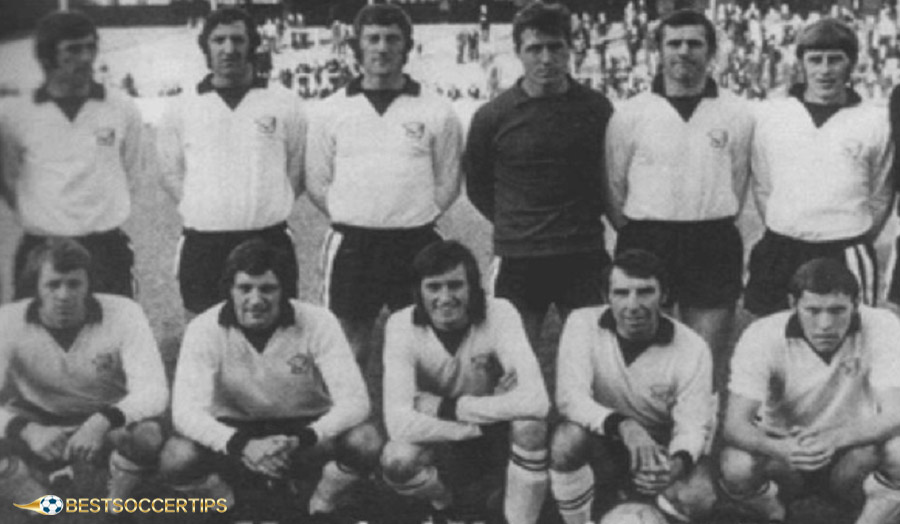
From a betting perspective, Hereford was a favorite for cup match bets, where their potential to cause upsets was capitalized on. Yet, the collapse of Hereford United serves as a harsh reminder that financial instability will always pose a lurking risk, regardless of on-field performance. Bettors must learn to “decode” collapse signals from financial reports and internal information to avoid placing wagers that could turn into “heavy losses” investments.
7. Darlington F.C. (1883–2012)
Darlington F.C., nicknamed “The Quakers,” was a club with deep-rooted traditions in English football, having played in the lower divisions of the Football League for many seasons. The club’s historical highlights included FA Cup triumphs and a loyal fanbase from County Durham. However, a miscalculated investment in building the Darlington Arena on a scale far beyond the club’s financial capabilities drove Darlington into a debt crisis. After years of struggling and unsuccessful ownership changes, Darlington F.C. declared bankruptcy in 2012. The club was subsequently re-established by supporters under the name Darlington 1883 and later reclaimed its traditional name “Darlington F.C.” in 2017.

In betting terms, Darlington was once an appealing option for light handicap bets due to their stable home performances. Yet, their financial collapse is a textbook case for bettors: non-sporting elements like finances, management, and ownership structure directly influence match outcomes and the safety of long-term bets. Failing to recognize instability signals from behind the scenes can put investors in a passive position and lead to substantial losses.
Betting at reputable bookmaker offers great winning opportunities and a safe experience.
6. Rushden & Diamonds F.C. (1992–2011)
Rushden & Diamonds F.C. was a product of a merger between two small clubs but once experienced a meteoric rise, reaching League One and being touted as the next “phenomenon” in English football. However, after their principal owner, Mr. Max Griggs, withdrew his support, the club’s financial resources were completely cut off, plunging them into a downward spiral of debt. By 2011, Rushden & Diamonds officially declared bankruptcy and withdrew from the professional competition system.

From a betting standpoint, Rushden & Diamonds was once an intriguing “underdog” pick for those who enjoyed surprise bets in League Two. However, the club’s complete reliance on a single financial backer made them vulnerable to sudden collapse once that support disappeared. This serves as an expensive lesson for sports investors: never place long-term bets on clubs with a “single-stream” financial structure lacking diversified and stable revenue sources.
5. Scarborough F.C. (1879–2007)
Scarborough F.C. made history by becoming the first club to gain promotion to the Football League through the play-off system. Nevertheless, despite those glorious moments, Scarborough could not overcome financial issues that spanned decades. Ultimately, due to an inability to settle debts and the loss of their stadium, the club declared dissolution in 2007, ending nearly 130 years of existence.
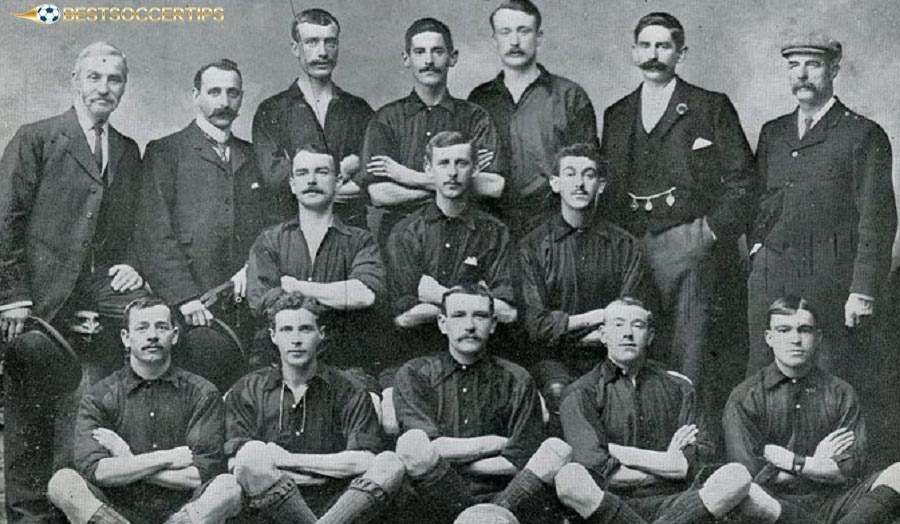
Within the betting community, Scarborough F.C. was known for matches with high-scoring over/under bets, thanks to a weak defense but an unpredictable attacking line. However, their dissolution is a testament that impressive on-pitch statistics cannot hide fatal financial flaws. Those who placed bets on Scarborough without thoroughly checking backstage information likely suffered significant losses when their bets became worthless in a matter of months.
4. Chester City F.C. (1885–2010)
Chester City F.C. was a long-established club, having frequently moved up and down the English football pyramid while maintaining its identity and a passionate supporter community. However, in the late 2000s, the club plunged into financial turmoil and internal conflicts. By 2010, Chester City was expelled from the Conference Premier due to unpaid debts and officially announced its dissolution.
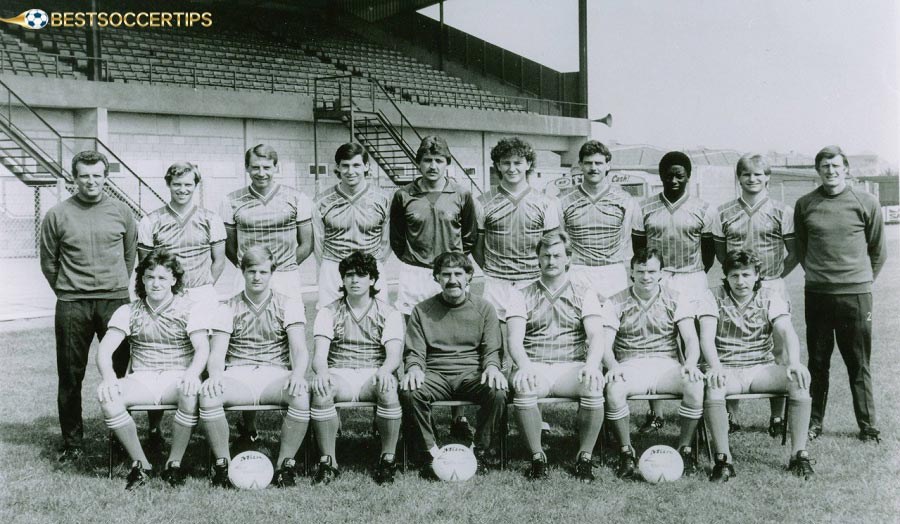
In the context of betting, Chester City was once a favored target for bettors fond of underdog bets, particularly in Merseyside derby matches. However, their collapse highlighted that failing to stay informed about a club’s internal situation, especially financial instability, can lead to significant losses for investors. This is a vivid demonstration that non-sporting factors such as finance and management are just as crucial as on-field performance statistics in sports betting.
3. Aldershot F.C. (1926–1992)
Aldershot F.C. was one of the most traditional clubs in lower-tier English football, renowned for its loyal fan base and resilient fighting spirit. Nevertheless, despite its rich history and devoted supporters, Aldershot F.C. could not escape the vicious cycle of debt. In 1992, the club officially declared bankruptcy after failing to pay players and staff, bringing an end to nearly 70 years of existence with much regret.
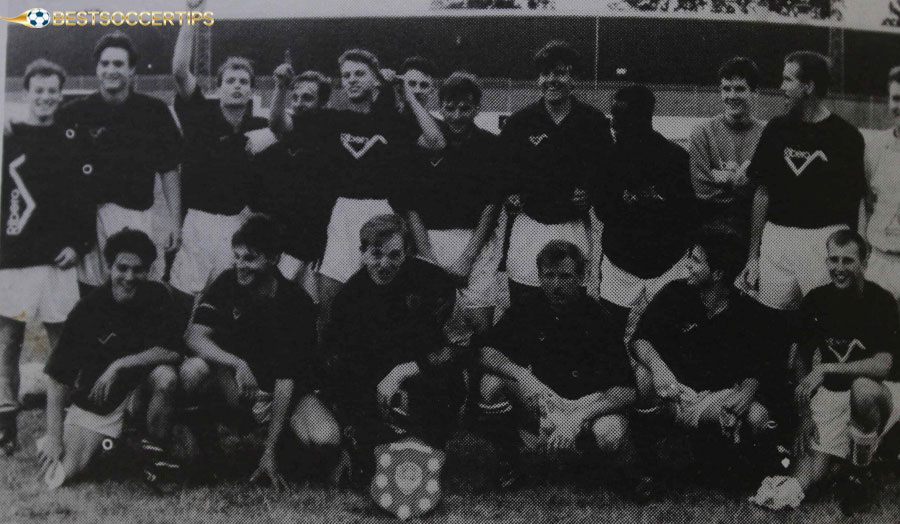
From a betting perspective, Aldershot F.C. was once a “golden opportunity” for bettors who preferred slight handicap bets, especially in home matches. However, their downfall serves as a wake-up call that no matter how strong a team’s on-pitch performance might be, lacking a solid financial foundation poses a severe risk of collapse. Bettors need to look beyond form and continuously monitor financial fluctuations, debts, and the threat of sanctions from football authorities.
2. Bury F.C. (1874–2019)
Bury F.C. was another symbol of traditional English football, with two FA Cup victories (1900, 1903) and a nearly 150-year history. However, entering the 21st century, the club consistently struggled with financial difficulties, ranging from unpaid player wages to ownership disputes and mounting debts. Eventually, in 2019, Bury was officially expelled from the Football League for failing to meet financial criteria, marking a somber chapter in English football history.

For bettors, Bury F.C. was once a favored choice for underdog bets, especially when facing larger clubs in cup matches. However, the club’s collapse serves as a powerful lesson that a “long-standing brand” cannot conceal dangerous financial flaws. Smart bettors must always keep a close watch on behind-the-scenes information, financial reports, and warning signals from governing bodies before placing bets on teams showing signs of instability.
1. Wimbledon F.C. (1889–2004)
Wimbledon F.C. was once considered a fairy-tale story in English football, having risen from an amateur team to the pinnacle of success with their FA Cup victory in 1988, defeating Liverpool in a legendary final. The image of the “Crazy Gang,” known for their aggressive playing style, team spirit, and unorthodox approach, turned Wimbledon into an icon of English street football culture. However, behind the glories were cracks in their financial foundation, poor infrastructure, and a lack of strategic direction from the club’s top management, which plunged the team into a prolonged crisis throughout the 1990s.
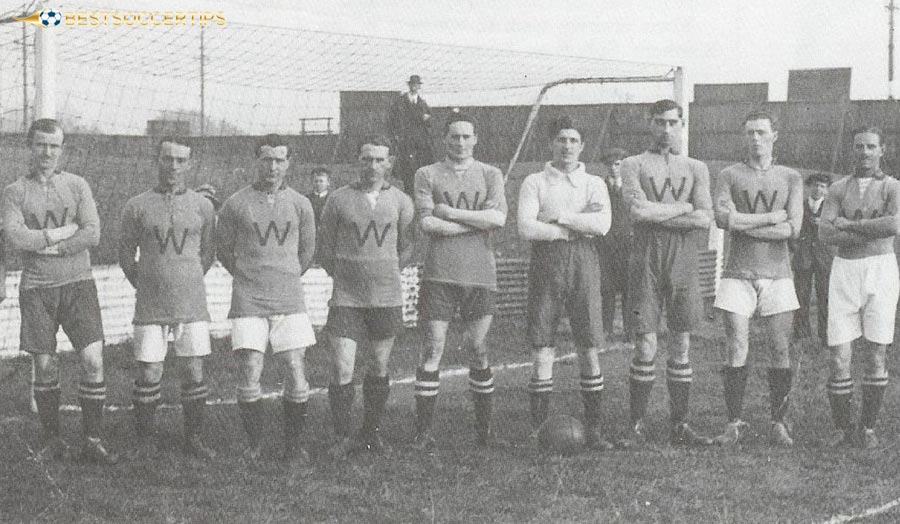
For bettors, Wimbledon F.C. stands as a classic example of why one should not blindly rely on historical achievements when placing long-term bets. The club’s relocation and rebranding as MK Dons in 2004 dealt a significant blow to investors who placed too much faith in “brand value” while ignoring the club’s underlying financial vulnerabilities. This serves as a stark reminder of the inherent risks in futures bets, where off-pitch developments can cause predictions to collapse overnight.
Final Thoughts
The collapse of once-famous English football clubs that no longer exist such as Wimbledon, Bury or Chester City shows that sports betting is not based solely on form or history of achievements. Financial stability, internal management and behind-the-scenes factors are important variables that directly affect the results and survival of a team. For bettors, the lesson is to closely monitor financial signals, ownership structures and off-field fluctuations to avoid falling into the “brand trap” and make wise investment decisions, instead of just looking at reputation or past achievements.




